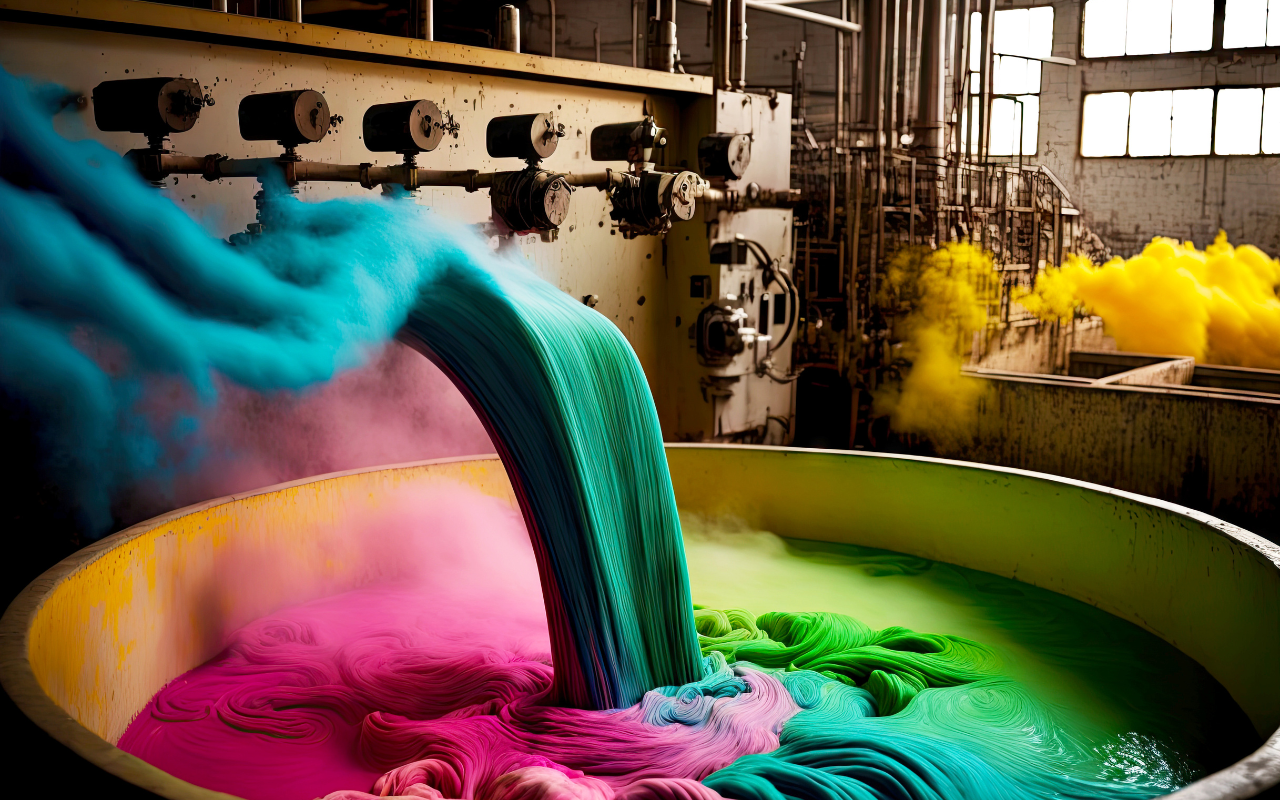Dyes Producers and Sustainable Fashion: Pioneering a Greener Color Palette
Because of rising environmental consciousness and the demand for more ethical business practices, the fashion industry has undergone a fundamental transformation in recent years that has shifted toward sustainability. The involvement of dye makers in defining a greener and more sustainable colour palette for the fashion sector is an important component of this shift. Dyeing, which gives clothing its vivid colours, has frequently been linked to chemical pollution and safety risks. However, a more responsible and eco-friendly method of colouring materials is now becoming possible thanks to the partnership between dye manufacturers and the fashion industry.
The Dark Side of Traditional Dyeing
The environmental impact of conventional dyeing techniques has long been a source of criticism. Conventional synthetic dyes may employ dangerous chemicals, use a lot of water, and discharge toxic wastes into rivers and oceans. Waterbody pollution, soil degradation, and health concerns for workers and communities living close to dyeing plants are just a few examples of how these methods negatively impact the environment. Consumers and business insiders have been calling for reform because they are aware of these problems.
A Colorful Revolution: Sustainable Dyeing Practices
In response to these worries, dye manufacturers are developing novel strategies to provide environmentally friendly dying methods. Modern technologies, ethical sourcing, and innovative thinking are all part of this revolution.
- Natural and Plant-Based Dyes: The use of natural and plant-based dyes to substitute synthetic equivalents is being investigated more and more by dye makers. These dyes offer a pallet of earthy tones that appeal to eco-conscious consumers and are made from renewable sources like vegetables, fruits, and flowers.
- Biodegradable Dyes: Researchers are focusing on creating dyes that are biodegradable, breaking down into harmless components after their useful life. This reduces the persistence of dye-related pollutants in the environment and lessens the burden on waste management systems.
- Waterless Dyeing Technologies: Traditional dyeing techniques are infamous for using a lot of water. However, cutting-edge technologies that greatly reduce water consumption and waste product output are being used by dye makers, such as air dyeing and digital printing.
- Recycled Dyes: Recycled materials are gaining traction in the fashion industry, and dyes are no exception. Some producers are working on ways to extract and reuse dyes from discarded textiles, reducing the need for new dye production and contributing to a circular economy.
- Collaborative Efforts: Dye producers, fashion brands, and environmental organizations are collaborating to establish standards for sustainable dyeing practices. These collaborations ensure transparency, traceability, and accountability throughout the supply chain.
Challenges and the Path Ahead
While the strides made by dye producers are commendable, there are still challenges to overcome. Scaling up sustainable dye production, ensuring colour fastness, and maintaining cost competitiveness are some of the hurdles that need to be addressed. Additionally, consumer education plays a crucial role in encouraging the adoption of sustainable practices and fostering demand for eco-friendly dyed products.
Empowering Consumer Choice
As consumers become more conscious of their purchasing decisions, they hold significant power to drive the demand for sustainable fashion. By choosing products dyed with environmentally friendly methods, consumers send a strong message to the industry that they prioritize ethical and sustainable practices.
Conclusion:
The journey towards a greener colour palette in fashion is a collaborative effort that involves dye producers, fashion brands, consumers, and policymakers. As dye producers continue to innovate and refine their techniques, they are contributing to the transformation of an industry that was once notorious for its environmental impact. The synergy between dye producers and the sustainable fashion movement holds the promise of a future where vibrant colours coexist harmoniously with a healthier planet.



Comments
Post a Comment